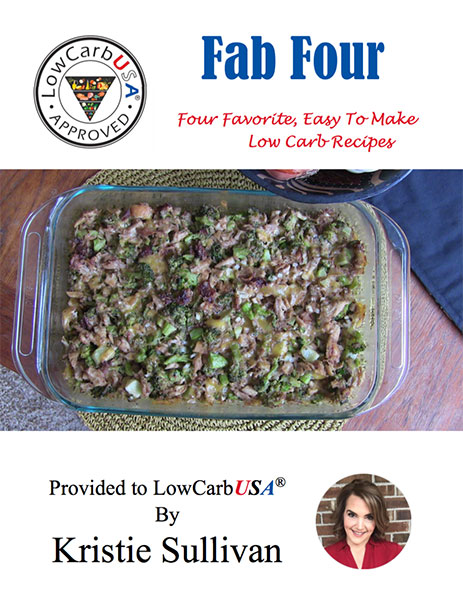Sweeteners
Iida T, Kishimoto Y, Yoshikawa Y, Hayashi N, Okuma K, Tohi M, Yagi K, Matsuo T, Izumori K
Human study where allulose reduced glycemic response…D-psicose is allullose. “The load test with 75 g maltodextrin showed significant suppressions of the elevation of blood glucose and insulin concentration under the doses of 5 g or more D-psicose with dose dependency.
Read paper
Akram Hossaina, Fuminori Yamaguchia, Tatsuhiro Matsuob, Ikuko Tsukamotoc, Yukiyasu Toyodad, Masahiro Ogawae, Yasuo Nagataf, Masaaki Tokuda
Cell culture study showed that d-allulose enters into and leaves the intestinal enterocytes via glucose transporters GLUT5 and GLUT2, respectively. In addition to d-allulose’s short-term effects, the characterization of long-term effects has been focused on preventing commencement and progression of T2DM in diabetic rats. Human trials showed that d-allulose attenuates postprandial glucose levels in healthy subjects and in borderline diabetic subjects
Read paper
Youngji Han, Eun-Young Kwon, Mi Kyeong Yu, Seon Jeong Lee, Hye-Jin Kim, Seong-Bo Kim, Yang Hee Kim, Myung-Sook Choi
Multiple comparison analysis showed that d-allulose supplementation in overweight or obese subjects led to a significant decrease in body fat mass, BMI, and body fat percentage. In comparing results before the study and during the follow up to the study, d-allulose supplementation was observed to reduce body weight, body fat mass, BMI, and body fat percentage. In addition, multiple comparison analysis of CT scan results indicated that the total abdominal fat area and subcutaneous fat area were significantly decreased following high allulose supplementation.
Read paper
Tomonori Kimura, M.S, Akane Kanasaki, M.S, Noriko Hayashi, M.S, Takako Yamada, M.S, Tetsuo Iida, Ph.D, Yasuo Nagata, Ph.D, Kazuhiro Okuma, Ph.D.
In the d-allulose-treated group, the area under the curve of fat oxidation was significantly higher than in the control group (10.5 ± 0.4 versus 9.6 ± 0.3 kJ·4 h·kg-1 body weight [BW]; P < 0.05), whereas that of carbohydrate oxidation was significantly lower (8.1 ± 0.5 versus 9.2 ± 0.5 kJ·4 h·kg-1 BW; P < 0.05). Furthermore, plasma glucose levels were significantly lower, and free fatty acid levels were significantly higher in the d-allulose group than in the control group. No other parameters such as insulin, total cholesterol, or triacylglycerol were modified. d-Allulose enhances postprandial fat oxidation in healthy humans, indicating that it could be a novel sweetener to control and maintain healthy body weight, probably through enhanced energy metabolism
Read paper

